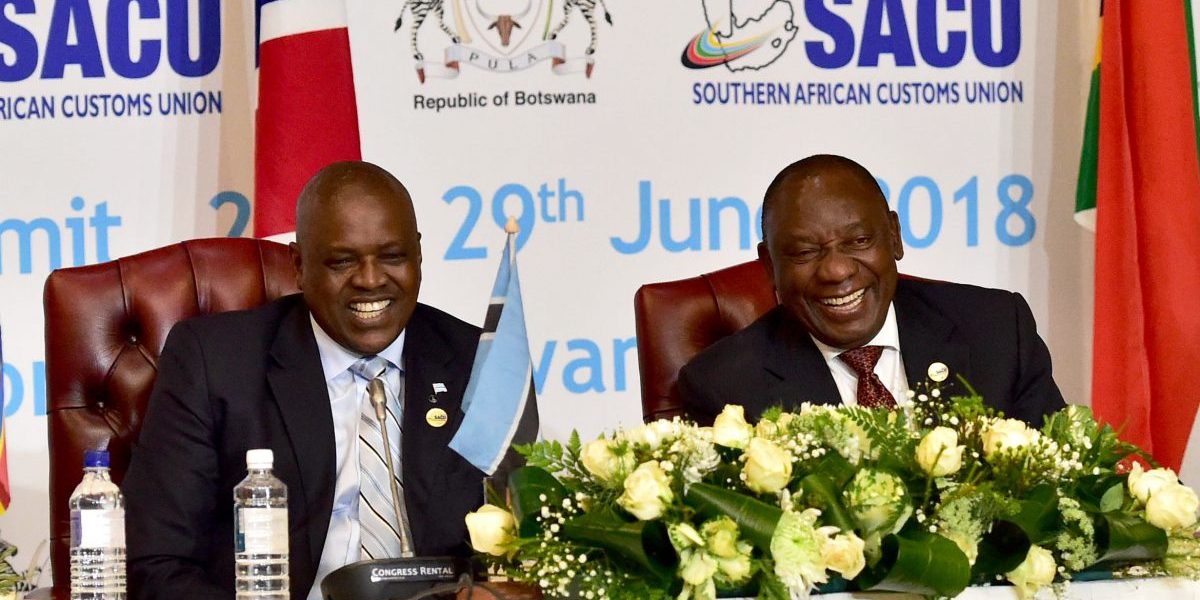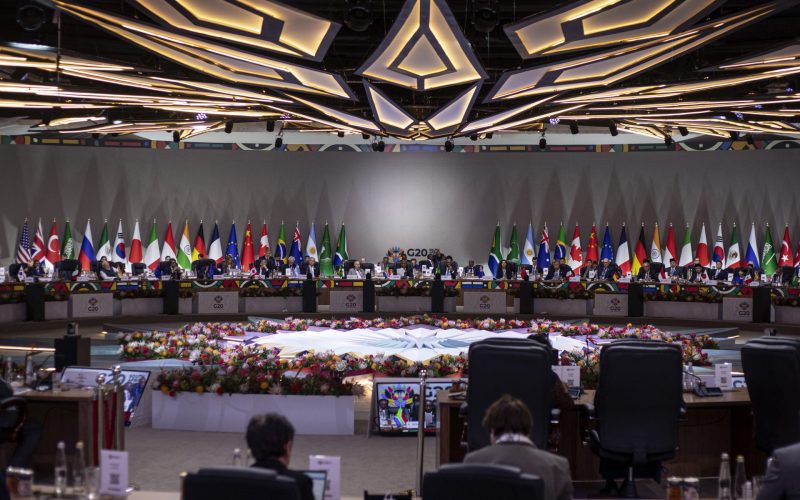One of the focus areas of this work programme was the establishment of a SACU stabilisation fund, primarily to counter volatility in the common SACU revenue pool. This paper aims to assess the rationale for and feasibility of such a fund within SACU.
Stabilisation funds have close links to sovereign wealth funds (SWFs), primarily because many SWFs were initially established with the dual aim of saving excess commodity revenues and acting as a revenue buffer against commodity shocks and price swings. While there is no standard definition for stabilisation funds, they were historically meant to bring about greater predictability in (and reduce the volatility of) commodity driven revenues and, in doing so, smooth government expenditure over time. The experience of many stabilisation funds has shown that, as fund assets grow, a fund’s narrow stabilisation objective may be broadened to focus on a wider set of development and economic diversification objectives.








